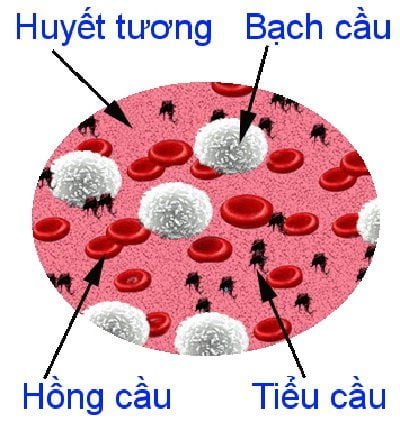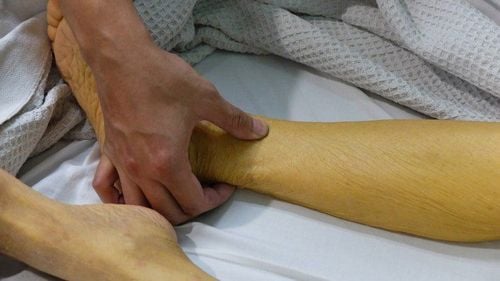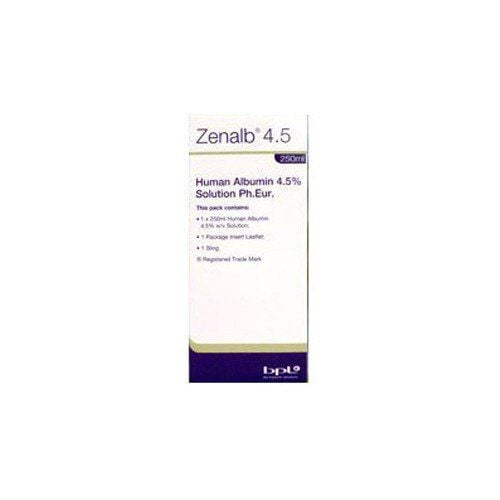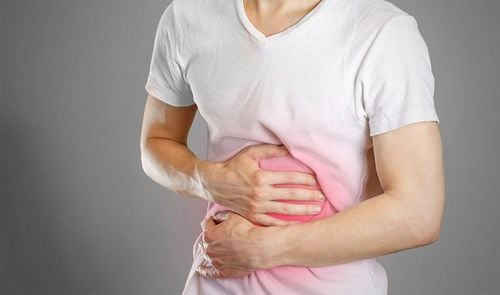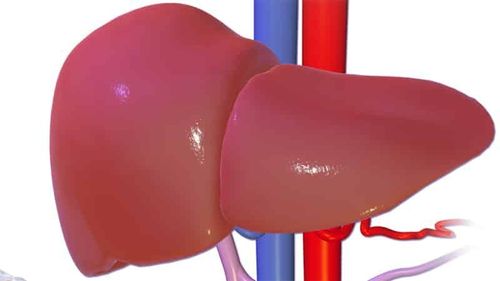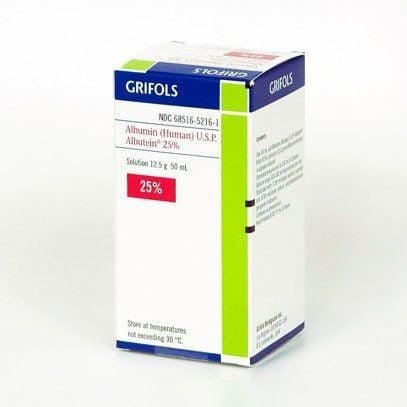This is an automatically translated article.
Posted by Doctor Do Thi Hoang Ha - Laboratory Department - Vinmec Hai Phong International General Hospital1. Formation of bilirubin
Bilirubin is derived mainly from the breakdown of red blood cells, to a lesser extent made up of cytochromes and myoglobin.The destruction of red blood cells can take place in the bone marrow (due to ineffective erythropoiesis), in the circulating blood (due to autoantibodies), in the spleen after an average life of 120 erythrocyte day. The process of destroying red blood cells releases hemoglobin, creating hemoglobin, iron and globin - in which iron will be attached to C, globin will be retained by haptoglobin, hemoglobin will be converted to biliverdin by the microsomal oxygendase enzyme, It is then converted to bilirubin under the action of the enzyme biliverdin reductase.
Thus, unconjugated bilirubin (free bilirubin) is formed and accounts for 80% of the total bilirubin circulating in the blood, bound to albumin and not filtered by the kidneys. Unconjugated bilirubin is also known as indirect bilirubin because an indirect method is needed to quantify this type of bilirubin. Unconjugated bilirubin is metabolised in the liver and excreted into the biliary tract, which is fat soluble. Approximately 50 μmol (2.9 mg) of free bilirubin is formed each day.
Conjugated bilirubin (direct bilirubin) accounts for 20% of total bilirubin circulating in the blood, is not protein bound and is water soluble, so it is filtered by the kidneys. This type of bilirubin can be directly quantified. Some conjugated bilirubin (about 20%) is reabsorbed into the blood, the remainder is excreted in the biliary tract and into the intestine. In the intestine, under the action of bacteria, bilirubin is converted to urobilinogen, then to stercobilin, and excreted in the feces. Only a very small amount of urobilinogen present in the gastrointestinal tract will be reabsorbed into the portal venous system, perform the enterohepatic cycle, and appear in the urine.
The above process can be summarized as follows:
|
Bilirubin không liên hợp (Bilirubin tự do) |
Bilirubin liên hợp | |
| Nguồn gốc |
Nguồn gốc Phá hủy các hồng cầu, cytochrome và myoglobin |
Gan hay đường mật |
| Gắn với Protein | Có | Không |
| Thải trừ qua nước tiểu | Không | Có |
| Tên khác | Bilirubin gián tiếp | Bilirubin trực tiếp |
Bilirubin metabolism can be summarized by the diagram below:
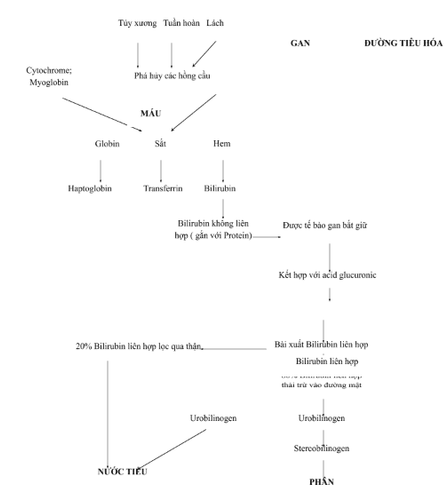
2. What is the normal value of serum bilirubin?
For infants and adults, there is a marked difference in normal bilirubin values.
For neonates, the total bilirubin value (which is the sum of conjugated and unconjugated bilirubin) is <171 μmol/L (or < 10 mg/dL). After one month, a baby's normal total bilirubin value is in the range of 5.1 - 20.5 μmol/L (0.3 - 1.2 mg/dL). Total bilirubin values in children, adolescents and adults are 3.4 -17.1 μmol/L (0.2 - 1.0 mg/dL).
Normal values for direct bilirubin (conjugated bilirubin) are in the range of 0-7 μmol/L (0 - 0.4 mg/dL). Normal values for indirect bilirubin (unconjugated bilirubin) range from 1 to 17 μmol/L (0.1 to 1.0 mg/dL). The ratio of direct bilirubin to total bilirubin should not exceed 20%.
3. Causes of high levels of bilirubin in the blood
The main common causes leading to high levels of conjugated bilirubin (indirect bilirubin) in the blood are:
Hepatocellular diseases such as viral hepatitis, drug-induced hepatitis (due to the use of drugs such as INH, Rifampicin, paracetamol, salicylate ..), toxic hepatitis (CCl4 poisoning, Amanit phalloide), decompensated heart failure, cirrhosis, liver tumor diseases, hemoglobinemia .. When conjugated bilirubin is elevated in The liver cells will cause conjugated bilirubin to back up into the circulation and cause jaundice. Wilson's disease. Diseases of the enzyme α1-antitrypsin
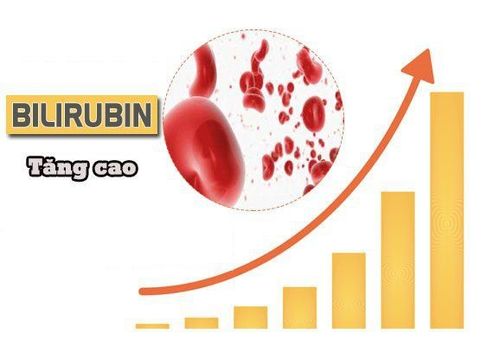
Dubin Jonson's disease (disorder of bilirubin excretion). Due to biliary obstruction: intrahepatic biliary obstruction (cholangitis, use of sleeping pills, oral contraceptives overdose ..), extrahepatic biliary obstruction (due to gallstones, acute or chronic pancreatitis, pancreatic pseudocyst, pancreatic cancer). , cholangiocarcinoma ..) In addition, when the concentration of unconjugated (indirect) bilirubin in the blood is high, the main cause is usually due to excessive destruction of red blood cells (due to hemolysis, Biermer's disease, hypersplenism). ) or due to defective hepatic bilirubin conjugation (in premature infants and neonates; people with Crigler-Najjar syndrome).
Currently, quantitative testing of conjugated bilirubin (direct bilirubin) and total bilirubin in the blood can be done easily and quickly at the Laboratory Department of Vinmec International General Hospital with modern and modern machinery system. with a team of highly skilled doctors and technicians.
Please dial HOTLINE for more information or register for an appointment HERE. Download MyVinmec app to make appointments faster and to manage your bookings easily.





